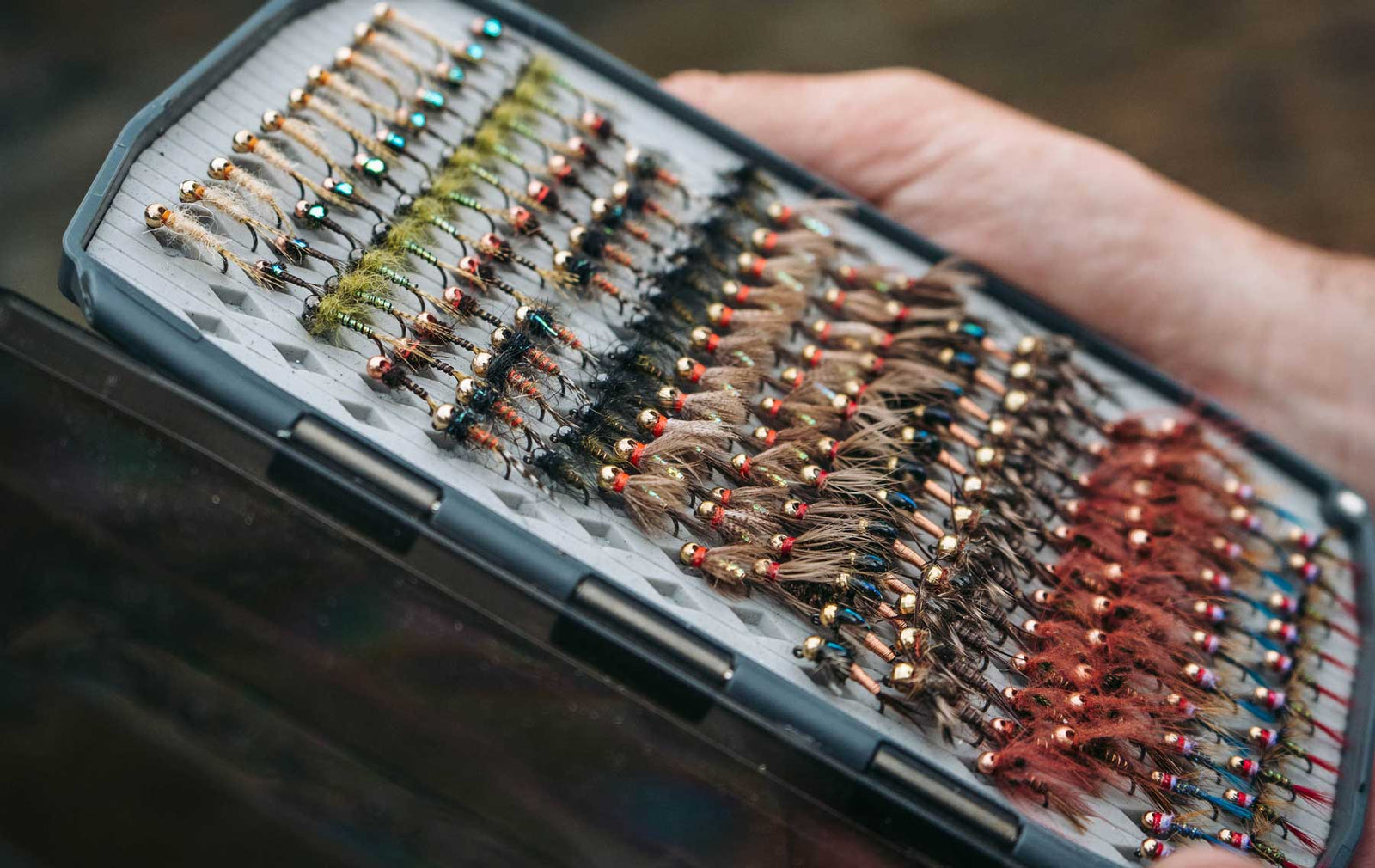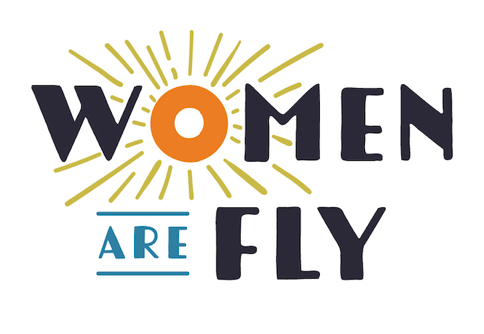Hopper season is in full swing ... Call today to book your Montana Adventure!
Hopper season is in full swing ... Call today to book your Montana Adventure!
Hopper season is in full swing ... Call today to book your Montana Adventure!
Hopper season is in full swing ... Call today to book your Montana Adventure!

November 08, 2022 2 min read
Over the past two decades in fly fishing, jig-style flies with barbless hooks have emerged as an effective alternative to traditionally barbed hooks. Look in any fly bin across the country and you'll more than likely find some jigs in the nymph section. The craze began with competition anglers looking for an advantage, and has since filtered down throughout fly fishing. But why are they so popular now? Are there any benefits other than being different?
Actually, yes. Here are some reasons we love jig flies at The River's Edge.
Pick up a jig fly and the first thing you're likely to notice is the placement of the eye on the hook. As opposed to a standard dry fly, the eye of a jig hook runs parallel to the hook itself and is offset at an angle from the shank. As it's tied to the tippet, due to this design, a jig fly will ride hook up. If you think about all the times you've had to re-rig a nymph after you've busted off on a rock thinking it was the fish of your life, you'll understand why that alone is an excellent benefit.
The versatility of jig flies also provides anglers with a good reason to start using them. Some anglers mistakenly assume jig flies can only work with a Euro nymph setup, which can make them seem slightly intimidating. The good news about jig flies is that they'll work just about anytime, anywhere you'd use a regular nymph, and they can be customized for a wide range of conditions.
If you tie flies, transitioning some of your favorite nymphs and streamers to jig hooks can open up an entirely new line of thinking. You can take your favorite patterns and, using slotted beads built for jig hooks, have the same pattern in the same size and color, but with several different weights. This ability to use jig flies in a lot of situations makes them extremely useful in every angler's fly box.
Jig hooks are barbless, which is a great thing if you're a fish. If you remember all the times you've crimped down the barb of your fly (which you should probably do most of the time anyway), you'll quickly understand the appeal of a hook built without a barb. Now, these hooks are quite sharp and remain thin throughout, so they will pierce a fish's mouth more easily, resulting in less missed hooksets. The other upshot of this is that the hooks will come out of a fish's mouth more readily, which is a good thing for the health of the fish. Additionally, because the fly rides hook up, you'll have fewer foul hooks. It'll be surprising how many fish you end up catching right in the corner of their mouths.
We love jig flies here at The River's Edge. If you have any questions about how to use them, stop on by either of our shop locations or give us a call at (406) 586-5373. Good luck out there!

April 29, 2024 1 min read